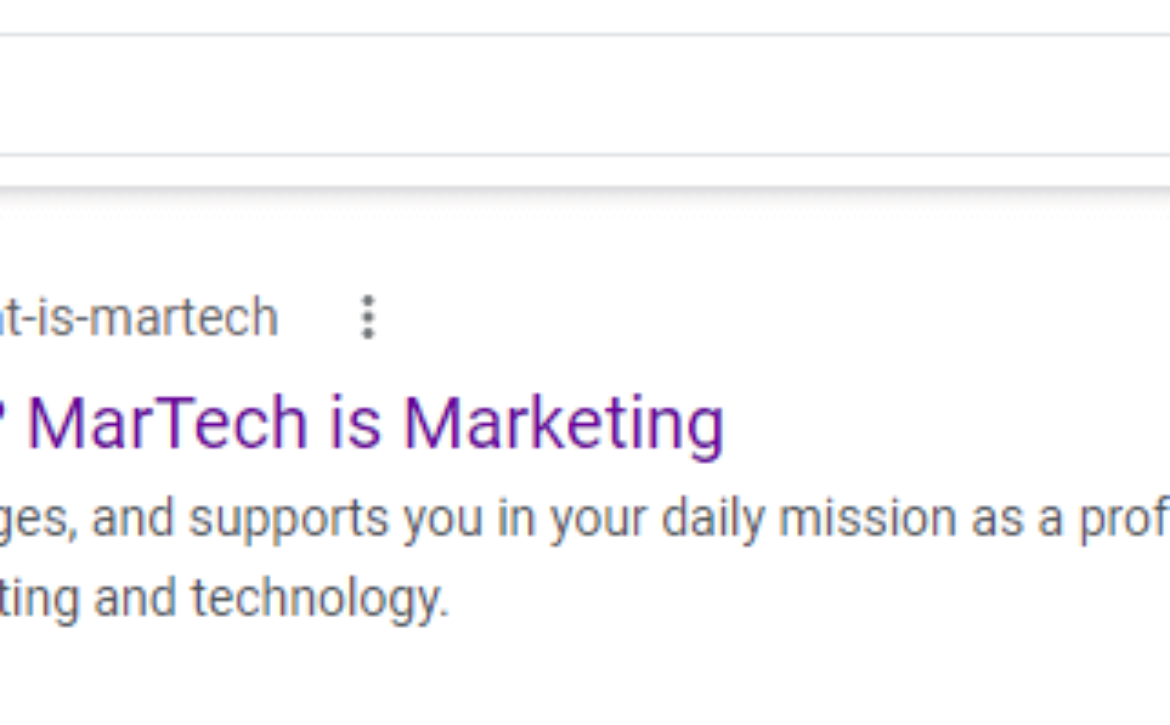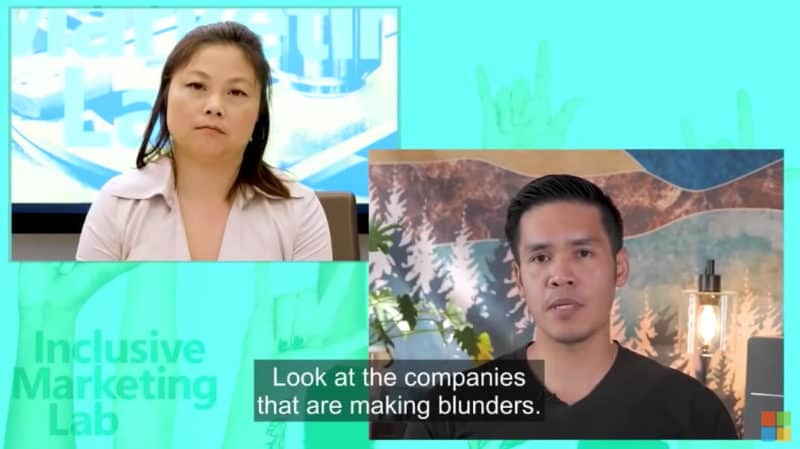Best Practices for Loan Officers to Utilize Paid Social Media Advertising
Social media marketing is a great way for mortgage brokers to connect with prospective clients and generate quality leads. Paid social media advertising is particularly useful.
However, launching a paid social campaign without a good strategy can produce underwhelming results. To make matters worse, a misguided advertising plan can waste hundreds or even thousands of dollars.
Fortunately, you can avoid these pitfalls by using a few simple best practices for paid social media advertising. If you are a loan officer who wants to capitalize on the benefits of paid ads on top social media platforms, this guide is for you!
Don’t Overstretch Yourself
Perhaps the biggest mistake that mortgage brokers make when creating a paid social media ad campaign is overstretching themselves. Many loan officers believe that “more is better” when it comes to marketing on social media. Because of this, they often attempt to run campaigns across multiple platforms.
While you can certainly diversify your marketing, we recommend starting small, especially if you are new to the world of paid advertising. Select one or two social media platforms that you want to advertise on and create a custom campaign. Facebook and Instagram are great options.
Identify the Ideal Audience
After you have selected the platforms that you want to advertise on, it is time to identify your ideal audience. As you’re creating your paid advertising campaign, you will have the opportunity to set custom targeting parameters. You can direct your ads at prospective clients based on factors such as:
- Age
- Location
- Occupation
- Gender
- Income
Be specific when you’re designing your campaign. This will help you to connect with the right consumers and acquire more high-quality leads.
Set Specific Goals
Speaking of being specific, it is essential to set a precise goal for each campaign. Setting goals ensures that your content delivers a clear message. Every piece of advertising content should be designed for a unique purpose.
For instance, if your goal is to expand your mailing list, then you should launch a campaign that encourages users to provide you with a name and email address.
Find Your Voice

Do you want your brand to be casual and friendly? Would you prefer for ads to appear serious and professional? Do you want to strike a perfect balance between the two?
Once you settle on a tone and voice for your brand, be consistent. Whether you are launching a paid marketing campaign or you’re posting organic content, the tone of the materials you use should be very similar.
Use Visuals
Social media users love visual content, especially when it comes to paid ads. A powerful image or intriguing video can set your ad apart from the otherwise boring content on a user’s news feed.
If you can catch attention with a strong visual, potential customers will likely stick around long enough to hear the rest of your message.
On the other hand, if you fail to capture their interest quickly, people will quickly brush past your ad and keep scrolling.
Innovative Tools from BNTouch
These best practices are a great place to start when designing your paid social media advertising campaign. But setting up your ads can still be a bit challenging.
Fortunately, BNTouch can help. Our cutting-edge CRM software was designed with mortgage brokers in mind. It includes a variety of resources that you can incorporate into your social media marketing campaigns.
With customized video content, curated social media ad materials, and pre-built marketing campaigns, you can make the most of your advertising budget..
Schedule your free demo today to learn more.

The post Best Practices for Loan Officers to Utilize Paid Social Media Advertising appeared first on .









